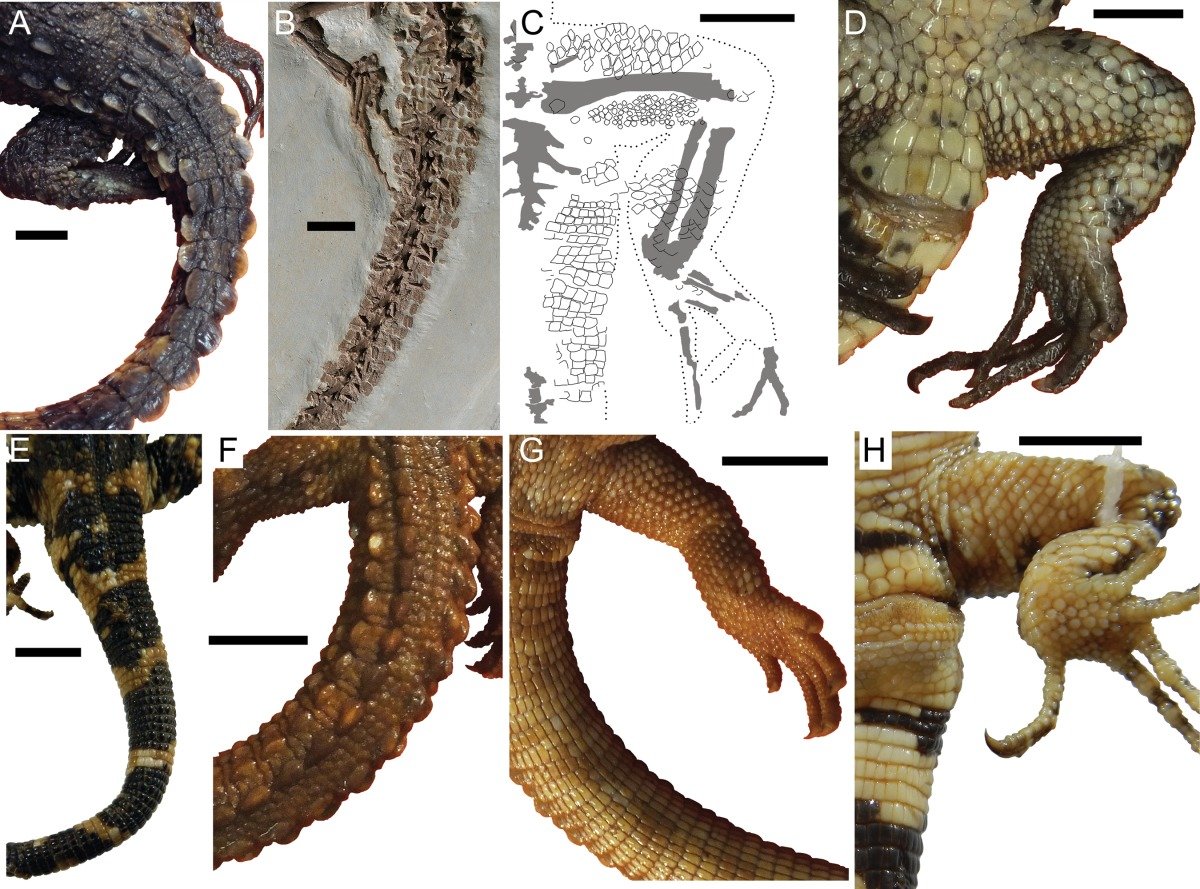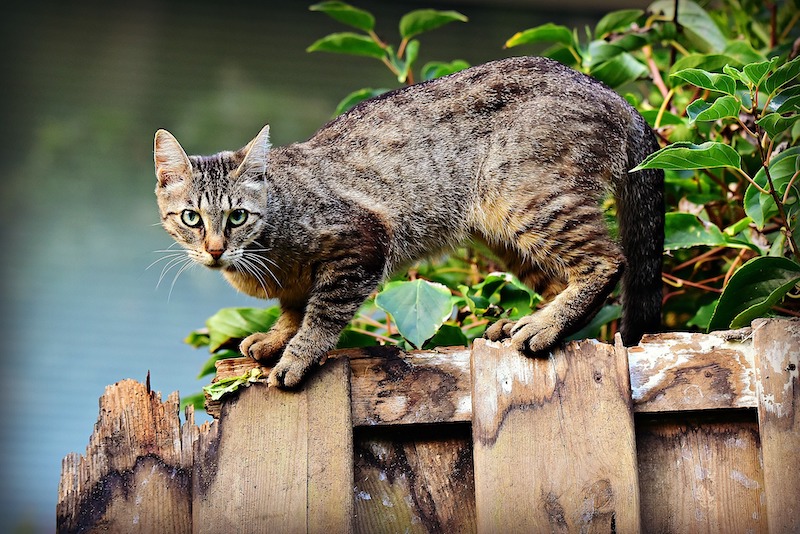An early squamate reptile known as Bellairsia gracilis, which lived approximately 167 million years ago, has been discovered
A Jurassic fossil is shedding light on the appearance of the earliest lizard and snake progenitors more than 167 million years ago.
The Bellairsia gracilis species was described in 1998 from a scattering of skeletal fragments and was discovered on the Scottish island of Skye in 2016. A 6-centimeter-long skeleton from this species was discovered there.
Paleontologists initially believed the reptile was a lizard like modern species, even though it lived during the time of dinosaurs like Megalosaurus. But Mateusz Taanda from the University of Warsaw in Poland and his colleagues have determined that B. gracilis is a far more primitive reptile according to high-resolution scans of the 2016 specimen, which is around 70% complete.
“I knew from the beginning that this would be an important fossil despite not [being] a new species to science,” says Tałanda.
Despite having a lizard-like look on the surface, B. gracilis is actually a more ancient species of reptile, closer to the ancestors of the squamate group, which today contains more than 10,000 species of lizards and snakes. Their early ancestors are known as “stem squamates” by paleontologists.
The reptile’s shoulders, braincase, and ability to flex its skull bones against one another are similar to later squamates, but its spine and palate are more like more primitive reptiles that lived more than 240 million years ago.
The blending of old and new characteristics suggests that B. gracilis was a remnant of the initial squamate evolution, like the ancestor still existing alongside the descendants.
“The thing with many Middle Jurassic squamates is that they are so poorly known that interpretations regarding their relationships are often a guess,” says Arnau Bolet at the University of Bristol, UK, who wasn’t involved in the new study. The discovery of a more complete specimen from that time, such as B. gracilis, helps clarify when squamates diversified and modern groups began to appear, he says.
Taanda and his colleagues discovered that the reptile shares features with other ancient reptiles, like the 100 million-year-old Oculudentavis, when comparing it to other fossils.
If the anatomical explanation is right, then the earliest squamates coexisted with lizards and snakes for tens of millions of years before they emerged. Taanda asserts that “Bellairsia is altering our perspectives on the expansion of lizards in Mesozoic environments.”
According to the study, early squamates multiplied into a large number of species early in their evolutionary history. Bolet estimates that there are still a lot of stem squamates to be found across the millions of years of reptilian evolution.
Journal reference: Nature, DOI: 10.1038/s41586-022-05332-6





